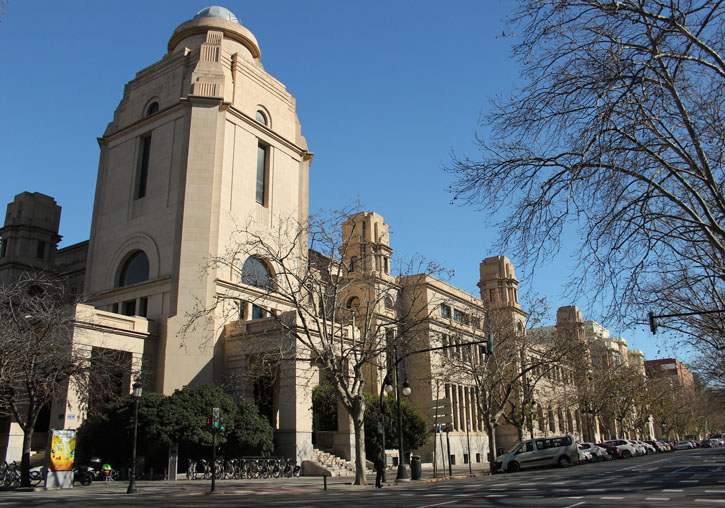The University of Valencia, the first Valencian institution of higher education and third best in Spain in the URAP ranking of scientific production
- Scientific Culture and Innovation Unit
- January 13rd, 2020

The University of Valencia (UV) is the 212th best university in the world (among 2,500 institutions analysed), according to the latest edition of the University Ranking by Academic Performance (URAP) 2019-2020, a world ranking based on the quality and quantity of scientific publications produced. In addition, the UV is the third best Spanish higher education centre, the first Valencian one, and regarding last year it advances to be among the 90 best in Europe. The University has also improved the score of all indicators.
URAP is a non-profit organisation that was established at the Informatics Institute of the Technical University of the Middle East in 2009. The members of the URAP team are researchers from the Middle East Technical University (METU) of Turkey who voluntarily participate in the URAP Research Laboratory as a public service. The main objective of URAP is to develop a classification system for universities worldwide based on academic results determined by the quality and quantity of academic publications.
In this edition, the University of Valencia has been ranked in the 212th position in the world, in a ranking led by Harvard, the University of Toronto and the University College of London. It occupies the 89th position in Europe, lead in addition to the last one, by Oxford and Cambridge; it is third in Spain (only surpassed by the University of Barcelona and the Autonomous University of Barcelona) and remains the first Valencian centre. After the UV, in the Spanish classification the next Valencian centre is the Polytechnic University of Valencia, in tenth place and located in the 400th position in the world.
Regarding the score by indicators, the UV has improved in all of them (articles, citations, international collaboration, total documents, impact of citations and articles). Thus, in articles (21% of the total URAP score) current scientific productivity is measured through articles published and indexed by the Web of Science and listed by Incites. Citations (21%) are a measure of the impact of research and are evaluated based on the number of citations received from articles published and indexed by the Web of Science.
Total documentation (10%) is the measure of the sustainability of scientific productivity and is presented by the total number of documents; the total impact of the articles (18%) is the scientific productivity corrected by CPP (normalised by citations of the publications of the institution with respect to the world in 23 fields). The total impact of citations (15%) analyses the research corrected by CPP (normalised by citations of the institution’s publications with respect to the world in 23 fields) and international collaboration (15%) is based on the total number of publications carried out in collaboration with foreign universities. These last four parameters are measured during the last five years.
Ranking: https://www.urapcenter.org/
More information (UV Analysis and Planning Service): http://ir.uv.es/oM2kMuE
















